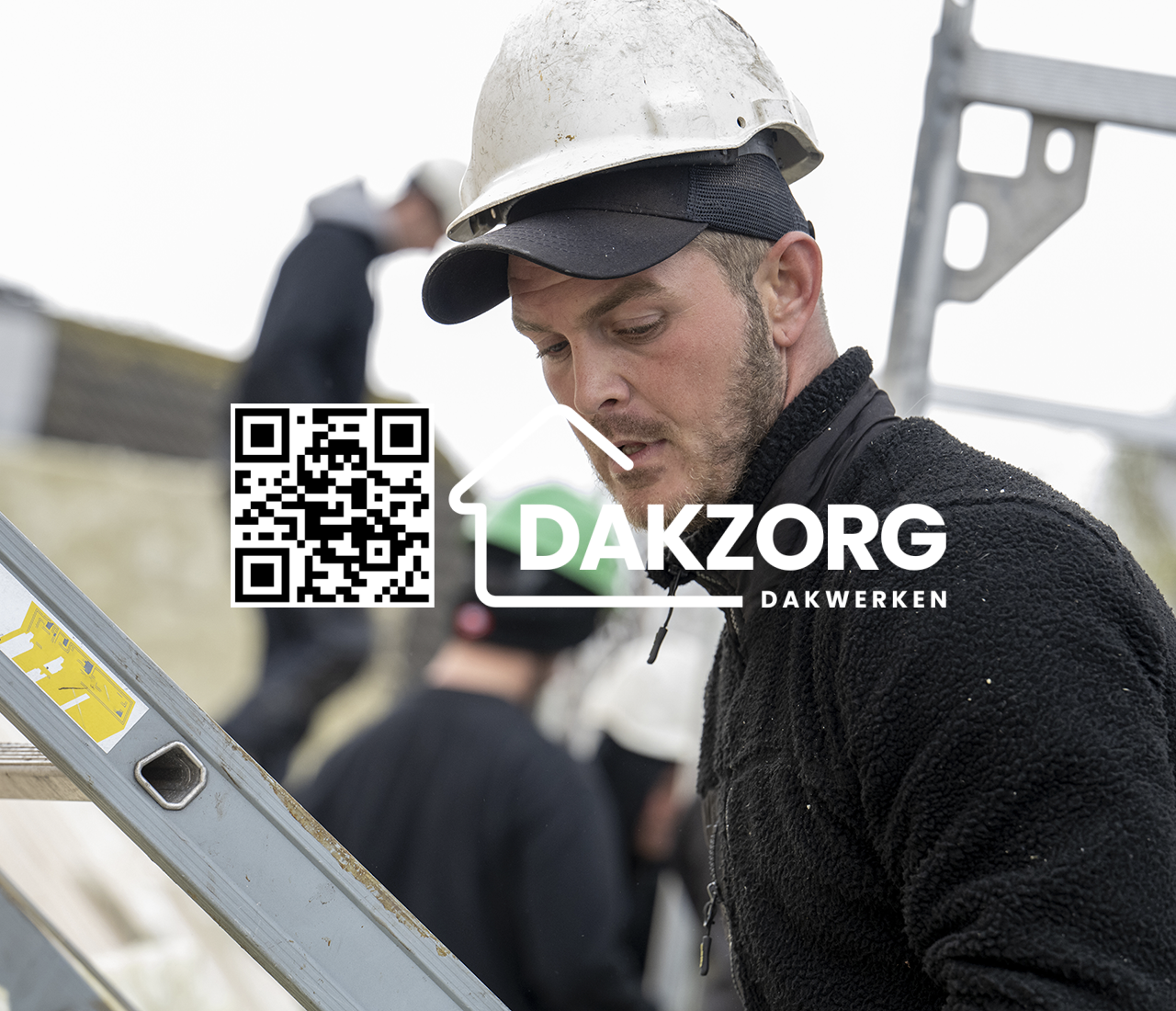In the world of construction, one of the most essential yet often overlooked aspects is the role of local building codes. These regulations not only ensure safety and quality but also influence design and materials in roofing projects. This article dives deep into the intricacies of local building codes, spotlighting their significance, implications, and how they govern roofing projects.
Understanding Local Building Codes
Local building codes are sets of regulations that dictate how buildings should be constructed and maintained within a specific jurisdiction. These codes can vary significantly from one locality to another, reflecting regional climate, cultural practices, and safety requirements.
What Are Local Building Codes?
Local building codes are legal requirements established by municipal governments to regulate construction practices. They serve various purposes:
- Safety Standards: Ensuring structural integrity. Health Regulations: Maintaining sanitary conditions. Energy Efficiency: Promoting sustainable practices.
These rules encompass everything from the types of materials used to the height of a building, influencing every facet of a roofing project.

Why Do Local Building Codes Matter?
You might wonder why local building codes matter so much. Well, they protect both you and your investment. Failure to adhere to these codes can result in fines, delays, or even complete project shutdowns. Ultimately, compliance ensures that your roof withstands environmental challenges while providing a safe shelter.
The Role of Local Building Codes on Roofing Projects
When it comes to roofing projects, local building codes play an integral role in determining what is acceptable for installation. Whether you're considering asphalt shingles or metal roofing, understanding these regulations will shape your project's success.
Key Aspects Covered by Local Building Codes for Roofing
Material Specifications- Different regions may require specific materials based on climate conditions.
- Codes often detail load-bearing requirements that must be met.
- Proper installation methods are stipulated to ensure longevity and durability.
- Codes regulate drainage systems to prevent water accumulation.
- Certain areas may mandate fire-resistant materials based on fire risk assessments.
How Do Local Building Codes Affect Material Choices?
The choice of roofing material is often dictated by local building codes. For instance:
- In areas prone to wildfires, fire-retardant materials might be required. Coastal regions may necessitate corrosion-resistant materials due to saltwater exposure.
Understanding these nuances can save you time and money in the long run https://podcastindex.org/podcast/7238571 by preventing code violations that lead to costly modifications.
Navigating Compliance with Local Building Codes
Navigating through local building codes can sometimes feel overwhelming. However, knowing where to start makes all the difference.
Researching Your Area's Specific Requirements
Before embarking on any roofing project:
Contact your local government office or visit their website for up-to-date code information. Check if there have been recent amendments or changes in legislation that could affect your project. Consult with local contractors who are familiar with existing regulations—they can offer invaluable insights!Working with Professionals Who Understand Local Codes
Hiring a contractor who has experience working under your area's specific codes is crucial for project success. They understand:
- Permitting processes Inspection protocols Common pitfalls that lead to delays
This expertise streamlines compliance and enhances overall project efficiency.
Common Misconceptions About Local Building Codes
With so many myths floating around about local building codes, it’s essential to clear up some common misconceptions:
Myth 1: All Building Codes Are the Same Nationwide
Many folks assume that building codes are uniform across the country; however, this couldn’t be further from the truth! Each state—and sometimes even municipalities—have unique stipulations tailored to their environments.
Myth 2: Only New Constructions Need Code Compliance
Another widespread belief is that existing structures aren't subject to code compliance during renovations or repairs. In reality, any significant alterations—including roof replacements—often need adherence to current standards too!
Consequences of Ignoring Local Building Codes
Ignoring local building codes is akin to playing with fire—it's risky! Here’s what could happen if you overlook these regulations during your roofing project:
Legal Repercussions
Failure to comply could lead not only to fines but also potential lawsuits if someone gets injured due to negligence in following code guidelines.
Decreased Property Value
A home lacking proper permits or built against code will face diminished resale value—a headache for future transactions!
Safety Hazards
Neglecting structural integrity could compromise safety leading potentially dangerous situations like roof collapses during extreme weather conditions.
Frequently Asked Questions (FAQs)
What happens if I don’t follow local building codes?
Failing to comply with local building codes could result in fines, legal repercussions, or even having your work deemed unsafe which may lead you needing extensive repairs later on.
How do I find out about my area’s local building codes?
You can contact your city’s planning department or check their official website for documentation regarding current guidelines applicable in your region.
Can I use any type of roofing material?
Not necessarily! Your choices might be limited based on what’s permissible per your area’s specific regulations addressing climate concerns among other factors.
Are there exceptions for historic buildings?
Yes! Historic preservation often comes with its own set of guidelines allowing certain flexibility while still adhering closely enough towards maintaining original structures intact whenever possible!
Is obtaining permits necessary?
Generally speaking yes! Obtaining permits before beginning work helps ensure all tasks performed meet safety standards defined within established frameworks throughout respective jurisdictions accordingly!
li27/ol7/##
Conclusion
In conclusion, understanding "The Role of Local Building Codes on Roofing Projects" cannot be overstated—it shapes every aspect of construction from material selection down through installation techniques ultimately safeguarding public welfare as well ensuring investments' viability long-term! By becoming familiarized with these necessary regulations ahead-of-time while engaging skilled professionals knowledgeable about them effectively mitigates risks associated within this complex landscape paving pathways towards successful outcomes each step along way moving forward!